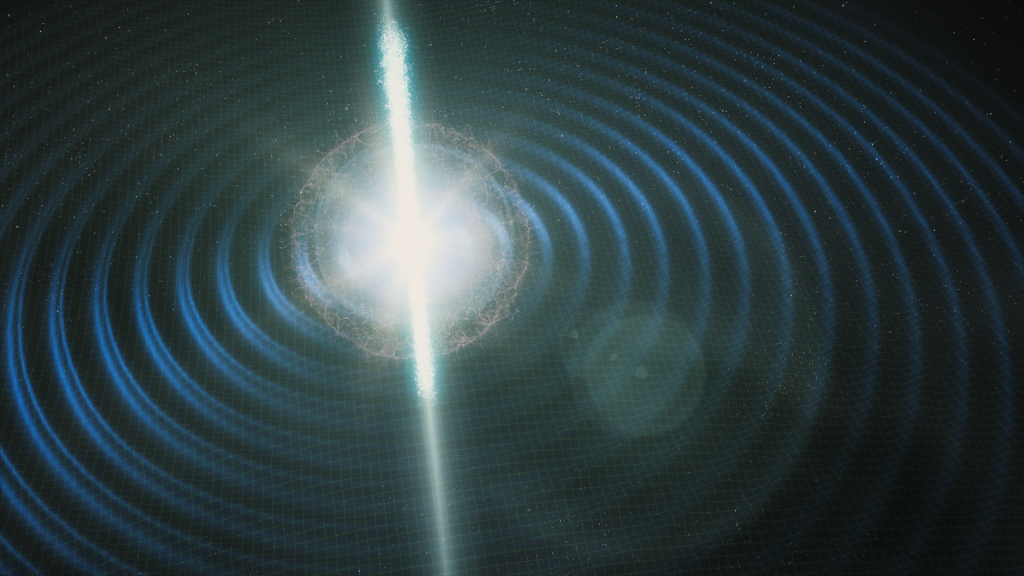The obvious answer is no, because some waves are at frequencies our ears cannot detect (about 30 Hz on the low end and 18 kHz on the high end, although most of us have a hard time hearing beyond 12 kHz). But this is only a very anthropocentric view. Many other species can hear way beyond the human range, the most well known being elephants on the low end and bats on the high end, and we don’t really know the full extent of the animal kingdom’s ability to hear the full range of sound frequencies.
But this blog is about the full range of sound waves we can detect, even the ones no living creature can hear. To achieve this, I need to make a very general and fundamental definition for this phenomena. Sound waves are, in their most basic definition, a form of energy transmission. There must be some kind of impulse before a sound wave is produced, as every musician knows – looking at your instrument will not produce a sound, no matter how much you concentrate on it. Strings need to be plucked, drums to be struck, and wind must be blown in your trumpet in order to produce a sound wave. In other words, energy has to be spent for the sound to be emitted and the wave to spread to your ears.
So- waves are energy in motion. But it is important to remember that there are two kinds of waves: sound waves and electromagnetic waves. The fundamental difference between the two is that the first needs a medium to travel in, and the second doesn’t. Both are waves, which makes them energy in motion. Electromagnetic waves create their own magnetic field, which allow them to travel through empty space. Sound waves have many mediums available for their transmission: air is the first that comes to mind. But let’s not forget that this applies to all of the gases, (interestingly, the latest NASA Mars rover “Perseverance” carries a couple of microphones and the recordings tell us a lot about the Mars atmosphere, its composition and pressure, and how the sound propagates), but solids also transmit sound at different rates depending on their density (the only way we know about the inside of the Earth is through sound waves). And not to forget the other medium of water, in which sound waves travel longer and faster than in the air.
Let’s not stop here! Stars have sound waves traveling through them; in fact, they ring like bells, and even minutes after the Big Bang, sound waves bounced around the plasma of particle soup that predates the formation of matter and may have been the kernels of density that allowed the stars and galaxies we see today across the universe to form.
Now we have reached the astronomy scale – the size in which the newest form of waves were first detected in 2016 (although these waves were predicted 100 years earlier, thanks to the theory of relativity). These are called Gravity Waves, and they are an interesting bunch, because the medium they travel in is literally the fabric of space-time, and there again are two kinds, the high frequency ones and the low frequency ones. Their range goes from the millisecond to years. They are created by the most energetic phenomenas in the universe: black holes and neutron stars. The shorter gravity waves come from the merger of these objects; and the longer waves by their orbits around each other.
We cannot “feel” them. These waves are extremely faint, but new instruments like LIGO in the United States, Virgo in Europe, and KAGRA in Japan are detecting them almost daily. There is an application that lets you know when one is detected. You do not feel them but the atoms in your body do, so you can shudder and be a bit thrilled to be a part of the universe in this way.
These gravitational waves are somewhat in between sound waves and electromagnetic waves, both traveling through empty space, but they tend to be closer to sound waves because they do need a medium to go through- although this one is the fabric of space, the same fabric that makes planets circle around stars.
To conclude, I would say that as I dig deeper in the wave phenomena, my title for this blog post has to be answered in the negative. In the process of answering the question, ‘can we hear all sound waves?’, I discovered that there are more sound waves than meet the ears. But we can transpose them and raise their amplitude, and partake in the symphony of the cosmos.
Here is the link to the gravitational-wave-events app:
https://apps.apple.com/us/app/gravitational-wave-events/id1441897107
